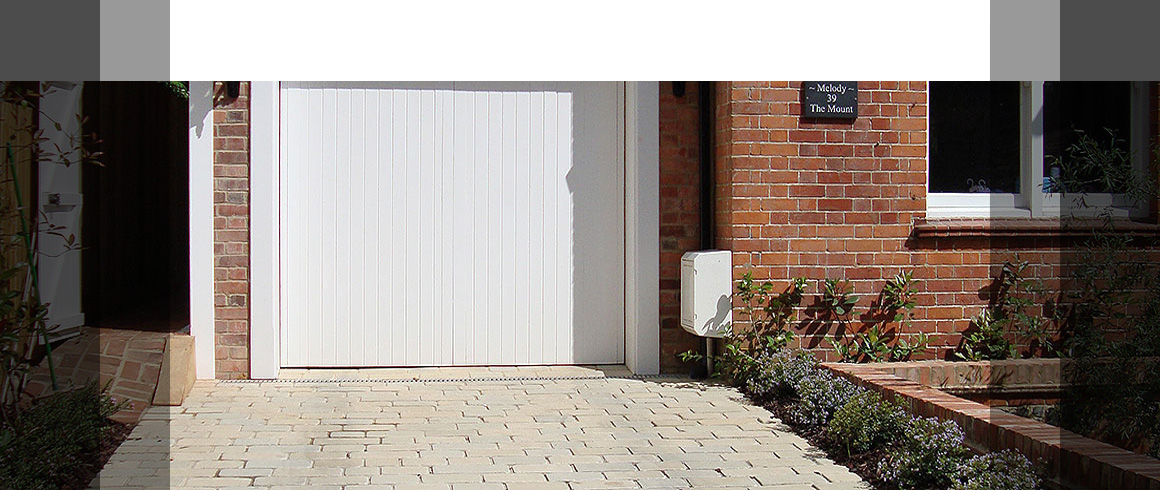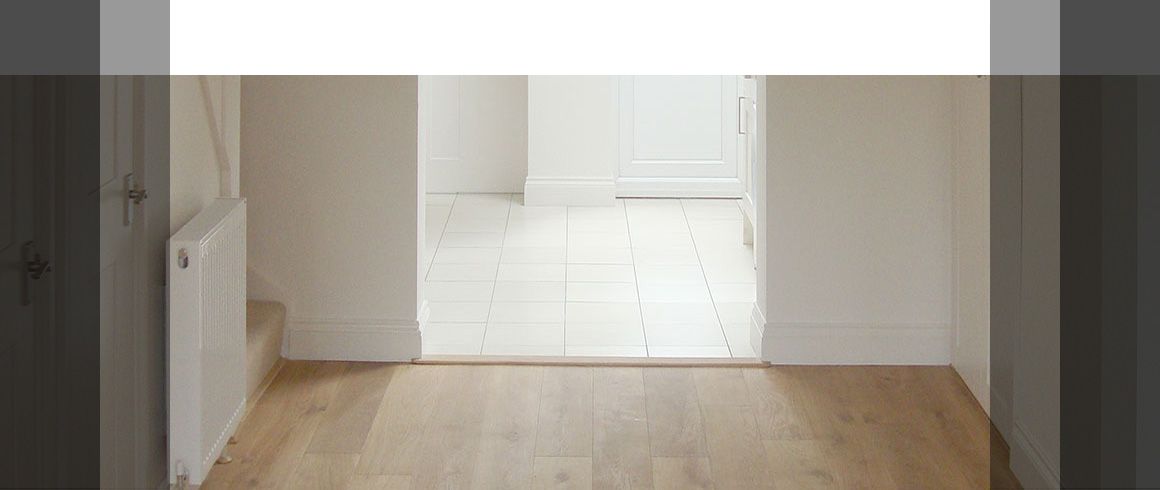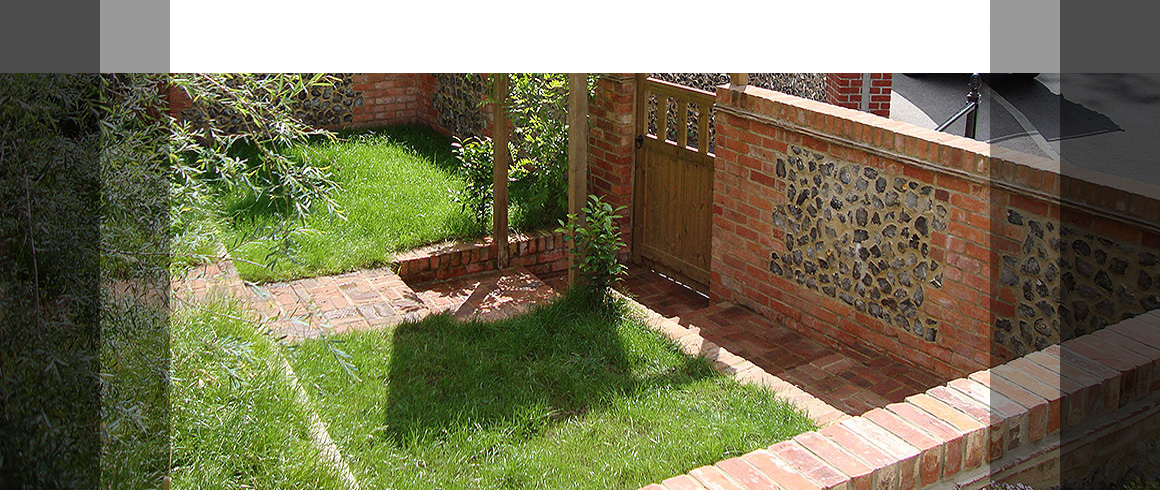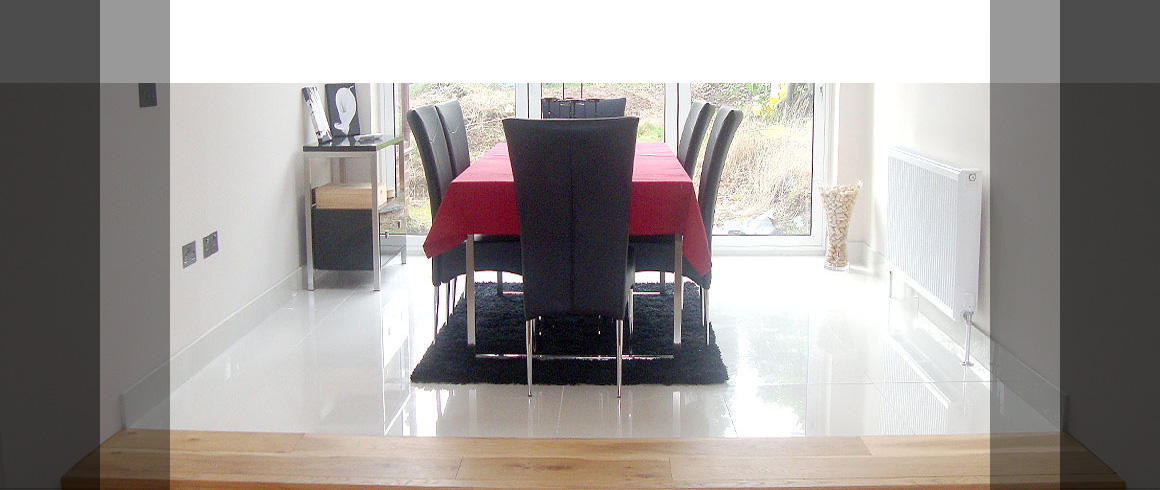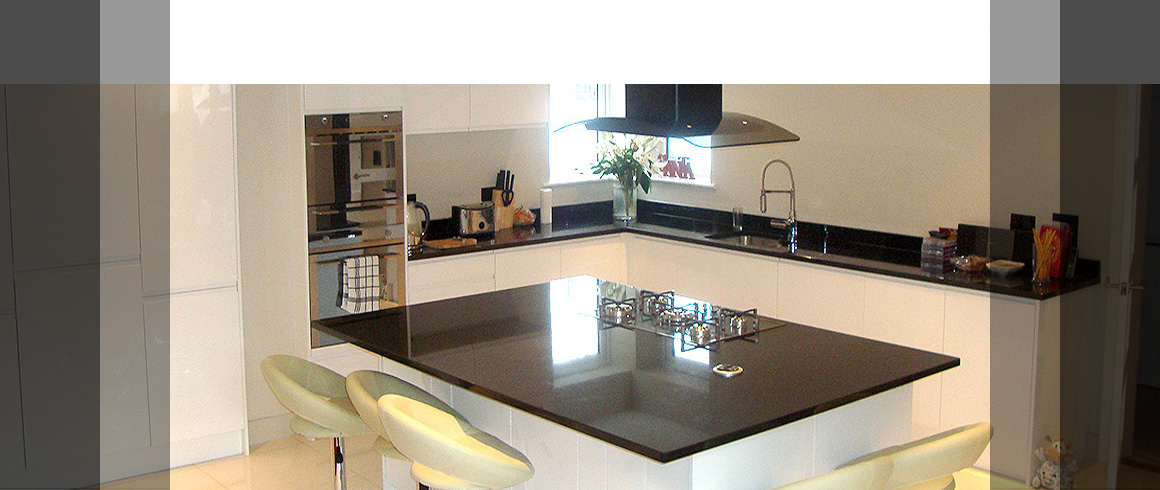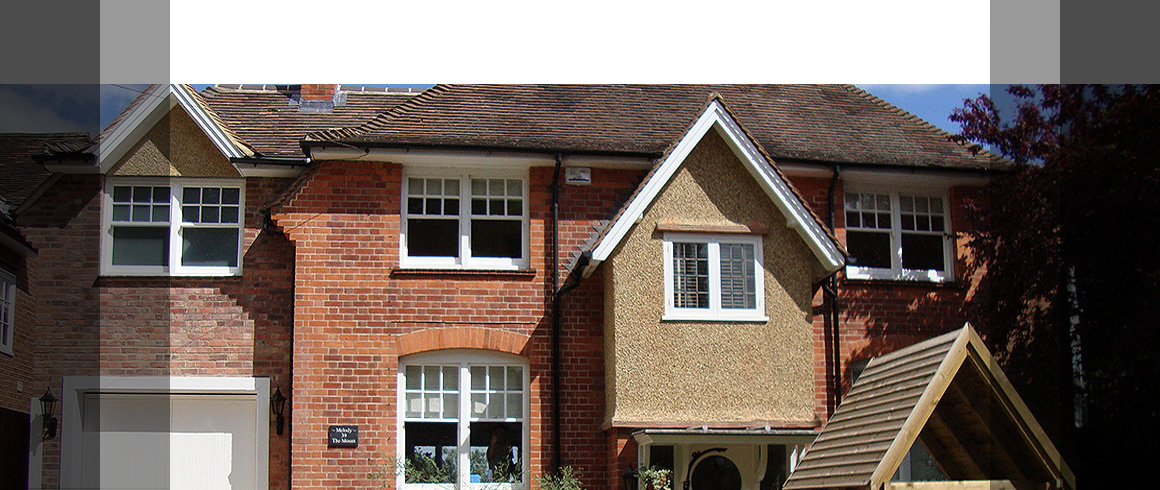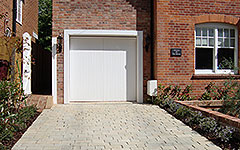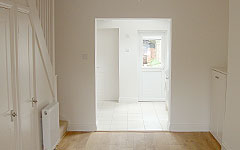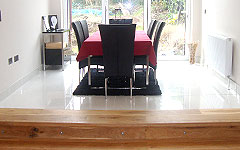Listed Building Tips and Advice
The Most Common Damage to Old Buildings is Often Unintentional
While the threat to old buildings in the past was outright demolition today it does not happen very often. Expansion of airports, such as Stansted, would however be something that could have a catastrophic effect on the historic built environment.
More often the damage occurs unintentionally by the way in which buildings are conserved. People use materials that don’t work sympathetically with older buildings and not just look different but perform differently.
Older Building are More Analogous to an Overcoat Rather Than a Raincoat
New buildings often rely on a system of cavities, barriers and membranes to exclude moisture and Douglas likens this to a raincoat. With an older building it’s more analogous to an overcoat so it allows some moisture to come into the building but it will evaporate out when the conditions change. Old buildings that work in this way are breathable.
Historic Buildings Are Protected in Many Countries
Douglas explains that although protection of old buildings exists in many countries, it varies hugely in the way it is implemented. The UK has three bands:
- Grade I – this is the top band and accounts for the smallest percentage of buildings
- Grade II – these are still important buildings that also account for a small percentage of historic buildings
- Grade II – the vast majority of older buildings fall into this category.
When Improving Energy Efficiency You Must Avoid Creating a Warm Damp Building
Most buildings predating 1919 are considered breathable (as mentioned above) and therefore the energy efficiency measures must be appropriate. For example, lime mortar or lime plaster have this breathable quality to them. Using inappropriate materials to improve thermal performance could mean that a cold damp building becomes a warm damp building. This could trigger off things like rot, decay, rusting and mould. It could even aggravate human health ailments such as asthma and so on.
Taken from
House Planning Help
September 2013
https://www.arnen.co.uk/news-article-listed-building-tips-advice/
